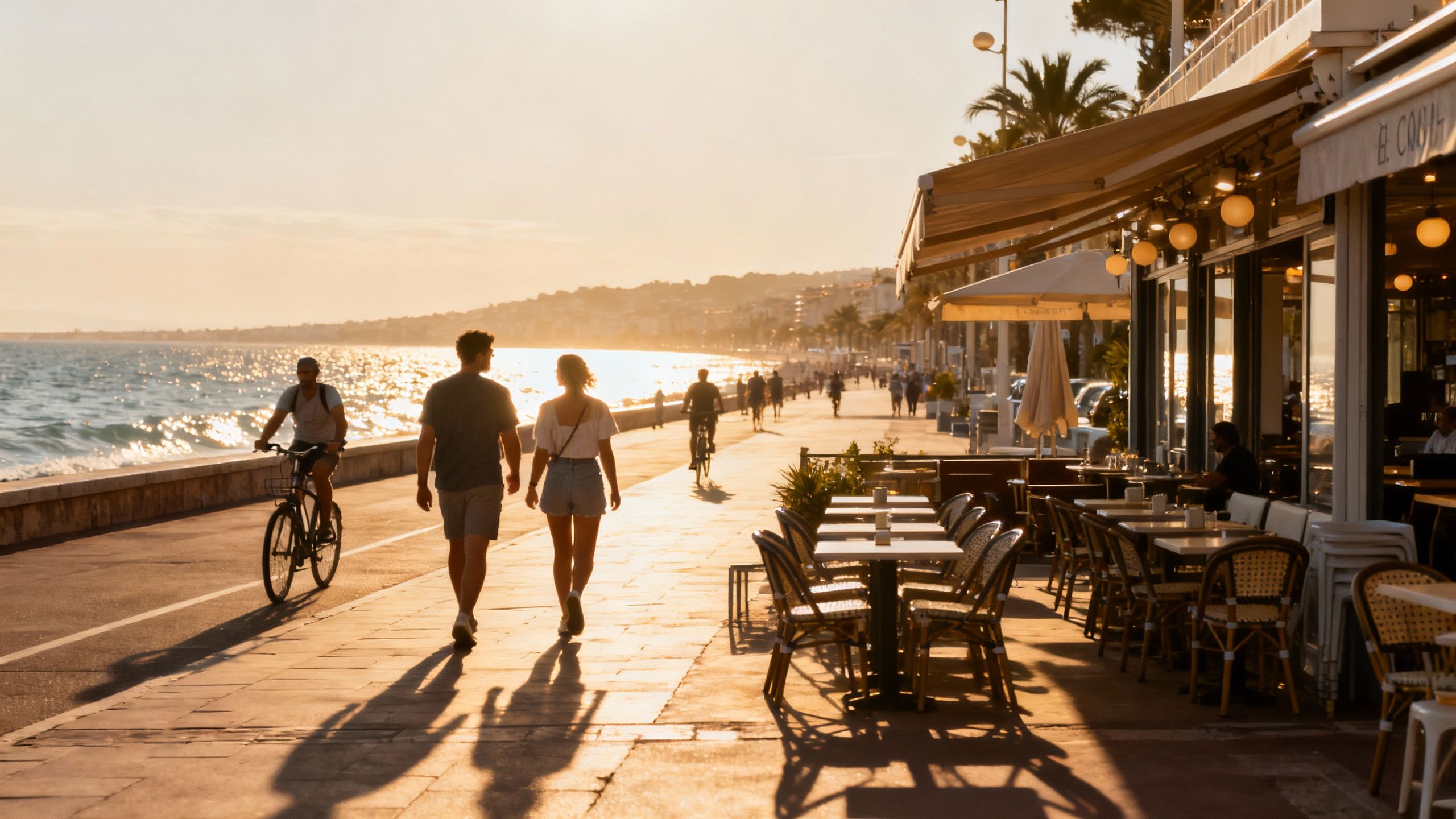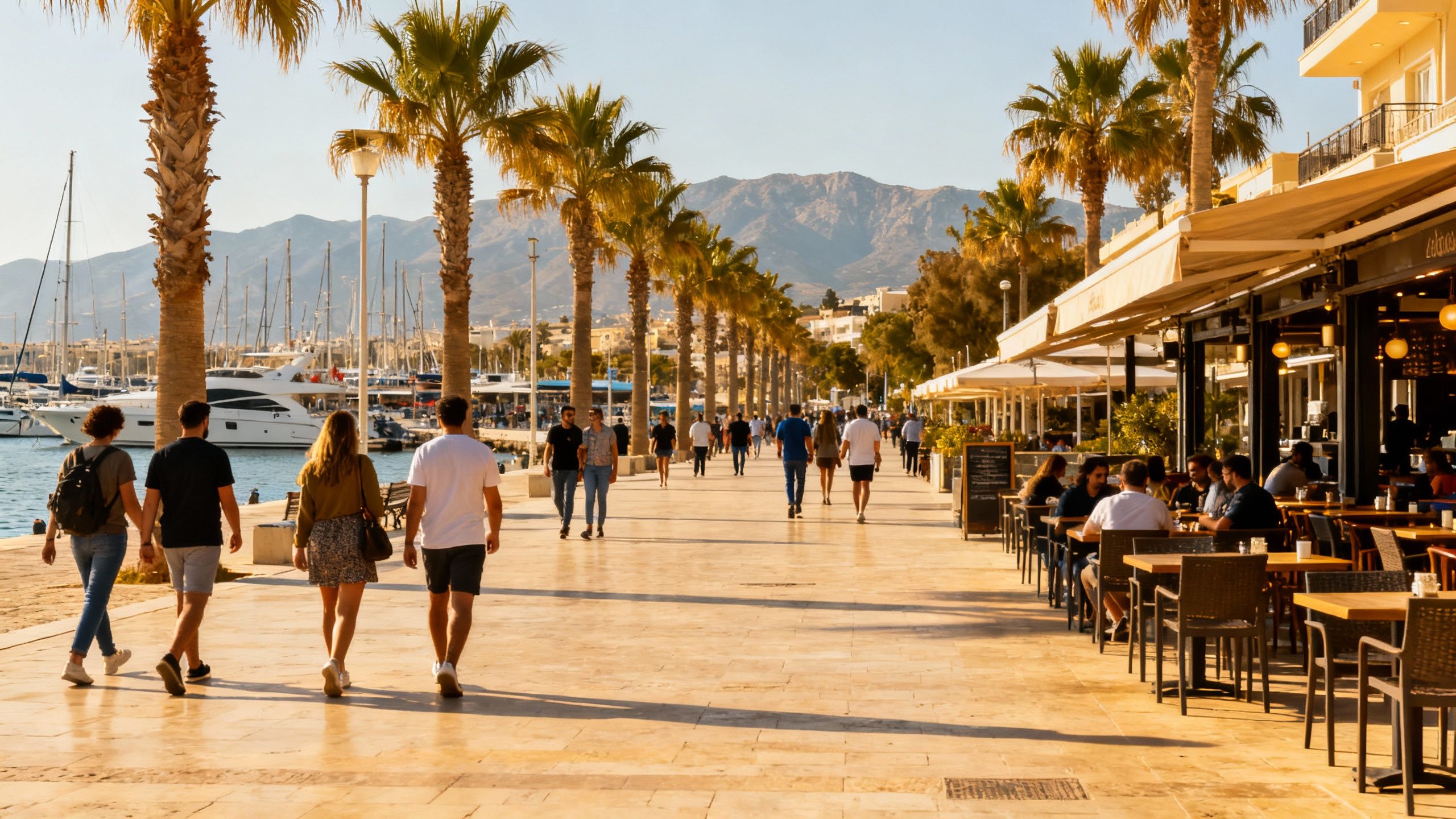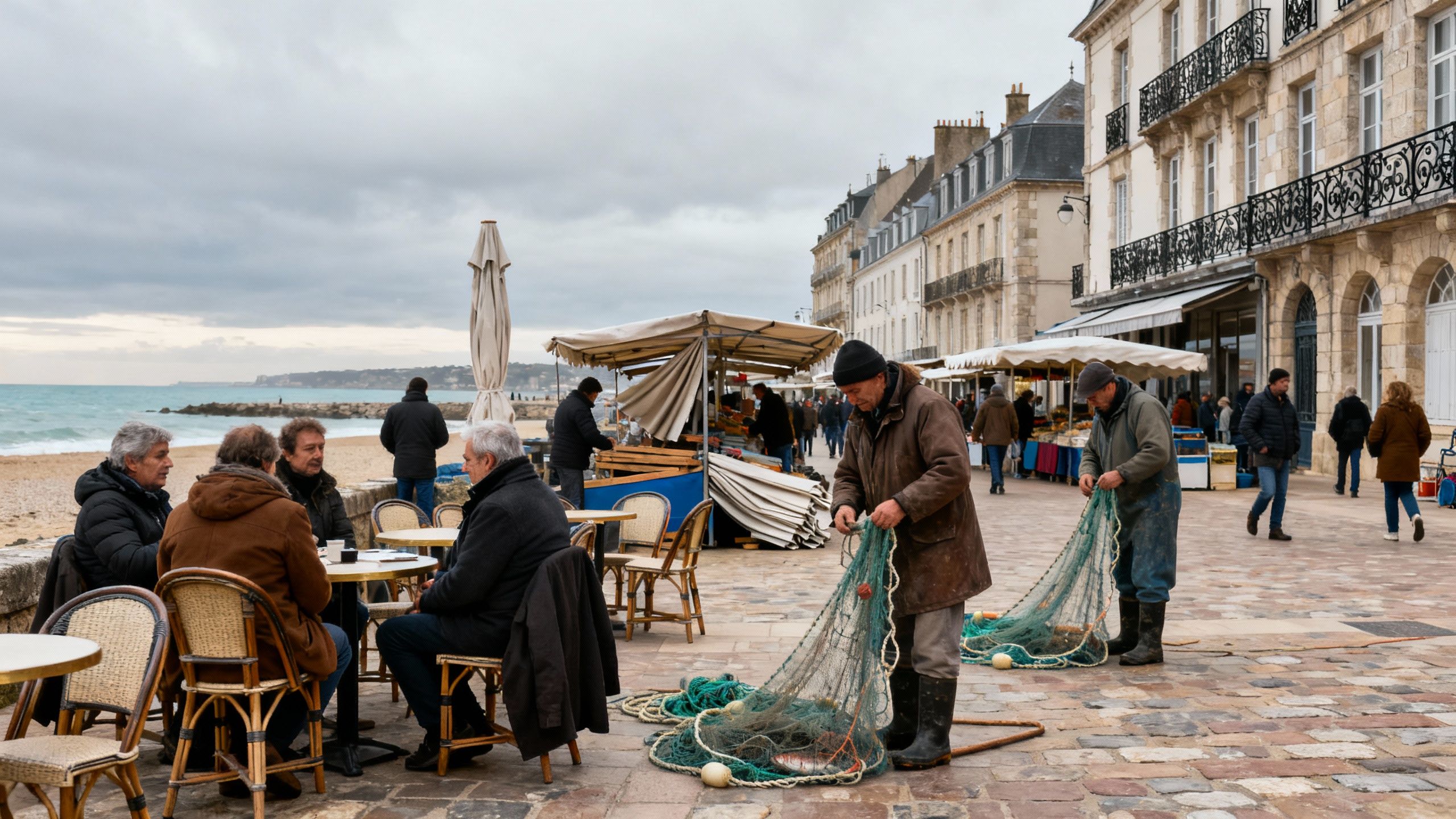Croatia: Tax Realities & Lifestyle Choices
Balance Croatia’s coastal lifestyle with 2025 tax reforms: know when VAT applies, the 3% transfer tax rule, and municipal real estate tax ranges (€0.6–€8/m²).
Imagine waking each morning to the clack of espresso cups on a sunlit pavement in Split, cycling through lavender-scented lanes on Hvar at dusk, or strolling the stone streets of Dubrovnik after the day-trippers leave. Croatia’s Adriatic rhythm is a mix of Mediterranean ease and compact urban life: markets open early, neighbours chat on balconied streets, and the sea sets the tempo for weekends. That lifestyle draws international buyers, but recent policy shifts mean the emotional pull must be balanced with a clear view of taxes, exemptions and timing. This guide pairs lived-in scenes with the specific tax and regulatory facts you need to plan with confidence.
Living the Croatian lifestyle
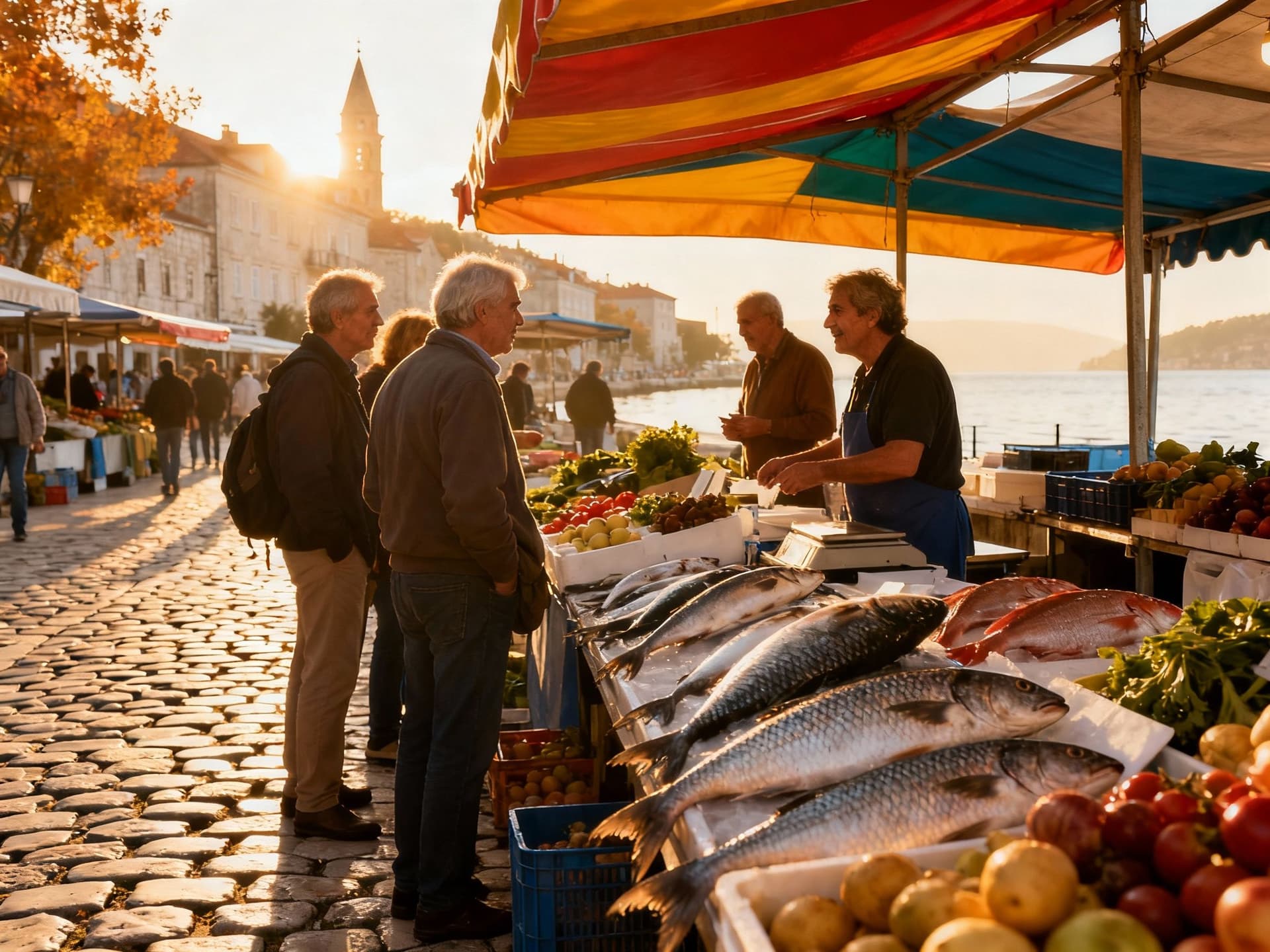
Daily life in Croatia blends coastal leisure and compact urban convenience. In coastal towns, mornings move around fish markets and cafés; inland cities such as Zagreb offer cultural seasons packed with galleries and theatres. For buyers, lifestyle choices determine property type: a stone apartment in an old town, a new-build sea-view flat, or a family house outside a regional centre. Each choice carries different tax treatments and local costs, so understand how the place you love maps to the practicalities of ownership.
Neighborhood spotlight: Split, Dubrovnik and Istria
Split’s Riva and Varos neighbourhoods are day‑to‑day Mediterranean living — cafés, short walks to the sea, and a strong expat scene. Dubrovnik’s Old Town is historic and tightly regulated; maintenance and restoration standards are high and so are running costs. Istria (Rovinj, Pula) mixes hilltop villages and truffle-rich hinterlands with coastal tourism, offering quieter year-round living. Each area differs in municipal charges, local real estate tax rates and rental market dynamics, so factor municipal policies into any offer.
Food, seasons and social life
Weekends centre on fresh markets: olives, cheeses, fish and seasonal fruit. Summer brings open‑air concerts and late dinners; winter is quieter, with stronger local rhythms and lower tourist pressure — important if you plan long‑term living or year‑round rentals. Language and local customs are friendly but formal in admin contexts; having a Croatian‑speaking local contact streamlines permits, utilities and municipal communications.
- Lifestyle highlights to explore before buying
- Split Riva mornings; easy access to island ferries and daily markets.
- Dubrovnik Old Town for history and walkable daily life, but expect strict conservation rules.
- Istrian hill towns for food culture, quieter seasons and agritourism opportunities.
Making the move: practical considerations
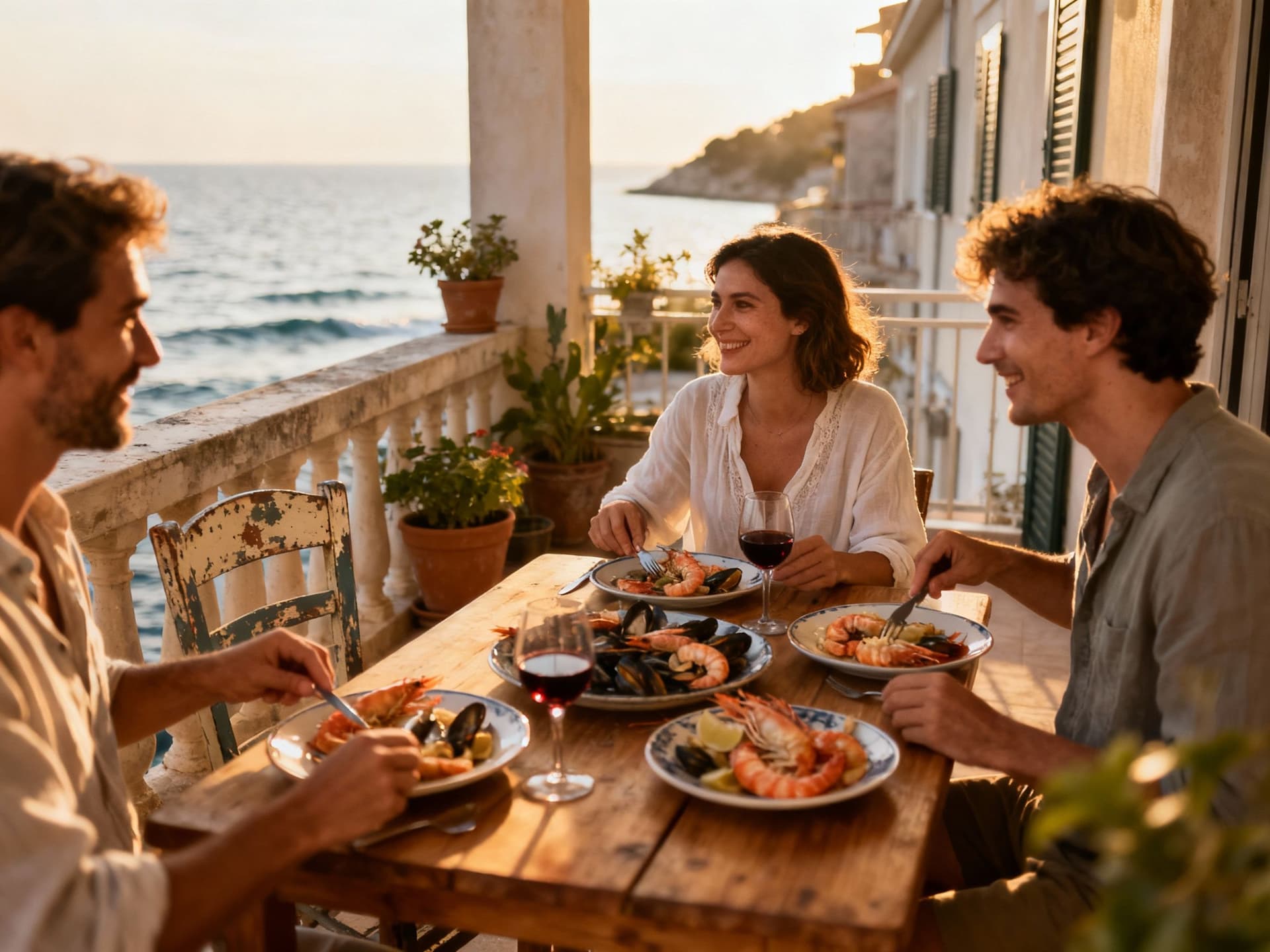
The emotional appeal must meet legal clarity. Croatia applies a 3% real‑estate transfer tax on acquisitions where VAT does not apply; new builds sold by developers are usually subject to VAT (25%) instead of transfer tax. Recent reforms (effective 2025) also introduced an annual real estate tax set by municipalities, ranging from €0.60 to €8.00 per square metre and several exemptions for primary residences and long‑term rentals. These changes affect holding costs and short‑term rental economics — check municipal schedules early in your search.
Property styles and what they mean for tax and use
Resale apartments generally trigger the 3% transfer tax, while developer new builds normally include 25% VAT. Stone townhouses often require higher maintenance and conservation compliance, which can affect deductible expenses and insurance. If you plan to rent, note differing rules for short‑term tourism taxes and VAT thresholds for rental businesses; structure ownership and rental contracts with local tax advice to avoid unexpected VAT or local tourism levies.
How local agents and advisors support the lifestyle outcome
Good local teams translate lifestyle criteria into compliant purchase structures: they map neighbourhood wishes to municipalities with favourable tax settings, arrange translation and notarisation, validate energy certificates and building permits, and connect you to reliable property management. For international buyers, an agent with proven transaction experience, a Croatian lawyer and a tax advisor form the core team to protect both the dream and the investment.
- Step-by-step practical checklist
- 1) Define lifestyle priorities (coast vs inland, year-round vs seasonal) and shortlist municipalities.
- 2) Check whether the property is subject to VAT (new build) or transfer tax (resale) and model purchase costs accordingly.
- 3) Obtain a local lawyer’s due diligence on land registry, encumbrances and planned municipal taxes.
- 4) Confirm municipal real estate tax rate and short‑term rental levies; factor these into net yield and holding costs.
Insider knowledge: what expats wish they’d known
Many expats find the day‑to‑day social life easier than the paperwork. The 2025 reforms aim to discourage vacant holiday properties and encourage long‑term rentals — a positive for community integration but a shift that affects short‑let returns. Expat buyers who blend residency intentions with local engagement (longer rentals, community ties) often fare better with municipal administrations and qualify for exemptions where available. Expect more digitised tax administration and stricter reporting on rental income.
Cultural integration, language and daily routines
Learning basic Croatian eases everyday life — market bargaining, municipal visits and small repairs. Weekends focus on family, food and outdoor time; joining local associations or volunteering at cultural festivals accelerates integration. From a practical angle, being present in the municipality can simplify processes tied to residency, utility registration and exemptions for local property taxes.
Long-term view: how life and value evolve
Expect life in Croatia to shift with seasons: quieter winters, lively summers and municipal efforts to stabilise long‑term housing supply. For buyers focused on a sustainable lifestyle, prioritise properties near year‑round services and good healthcare access. From an investment perspective, factor the new real estate tax into total holding costs and stress-test rental scenarios under the municipality’s chosen rates.
- Common expat mistakes to avoid
- Underestimating municipal real estate tax and short‑term rental levies; get local rate schedules early.
- Assuming all properties are treated the same for VAT vs transfer tax — confirm developer status and invoices.
- Skipping Croatian legal due diligence on encumbrances, past permits or conservation rules in historic centres.
Conclusion: imagine the life you want, then build the structure to sustain it. Croatia offers a varied Mediterranean lifestyle from island quiet to metropolitan culture, but the post‑2024/25 tax landscape changes holding costs and rental economics. Start by shortlisting places that match your daily life priorities, then engage a local lawyer, tax advisor and experienced agent to translate those priorities into a compliant purchase. With the right team and a clear view of municipal taxes, VAT vs transfer tax, and residency practicalities, you can make the lifestyle real — and legally sound.
British investor turned advisor after buying in Costa del Sol since 2012. Specializes in cross-border compliance and data-driven investment strategies for UK buyers.
